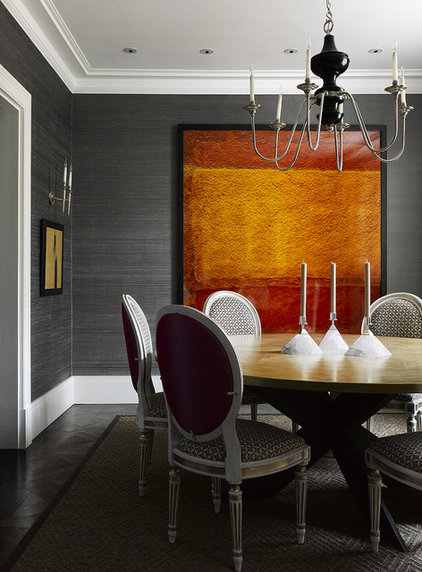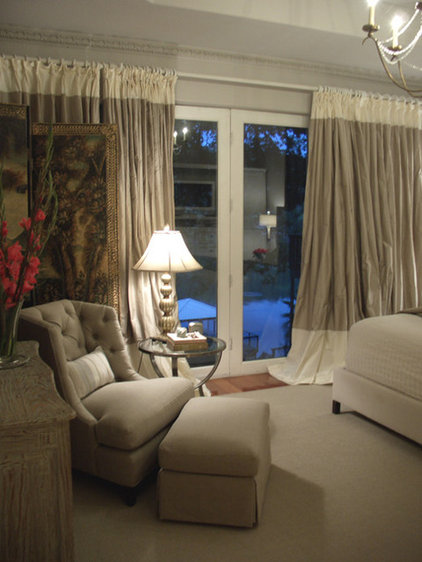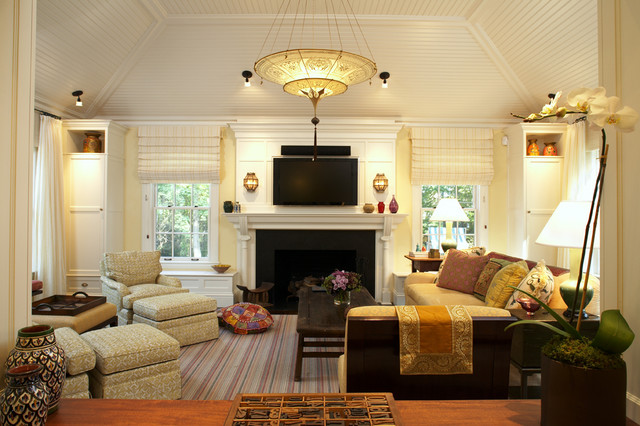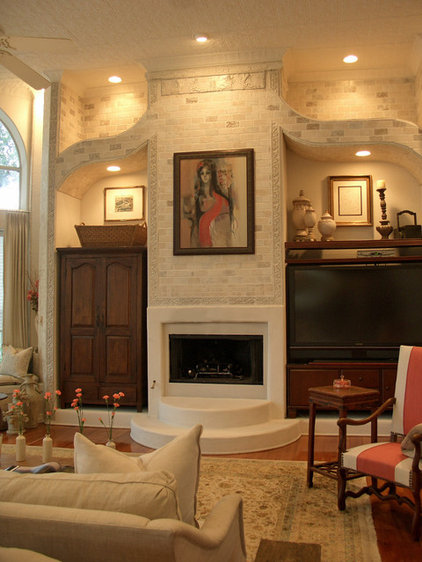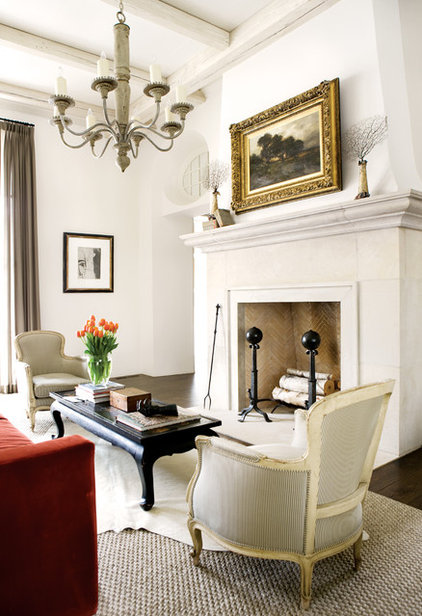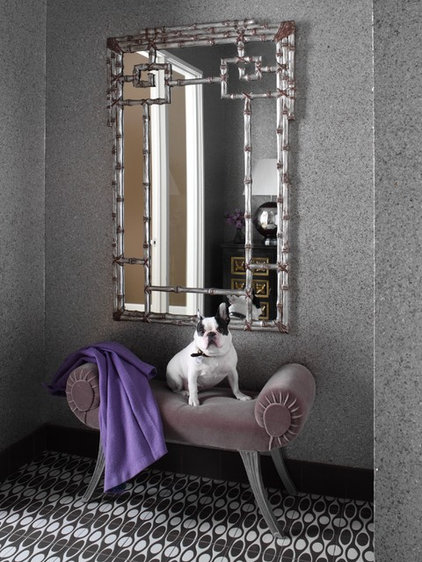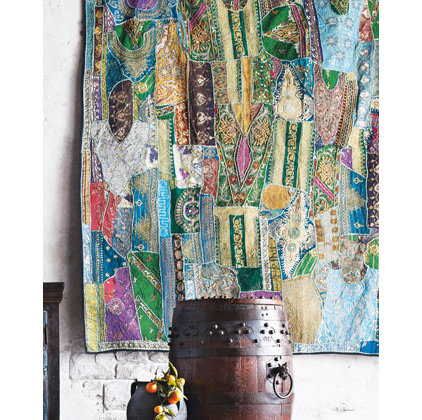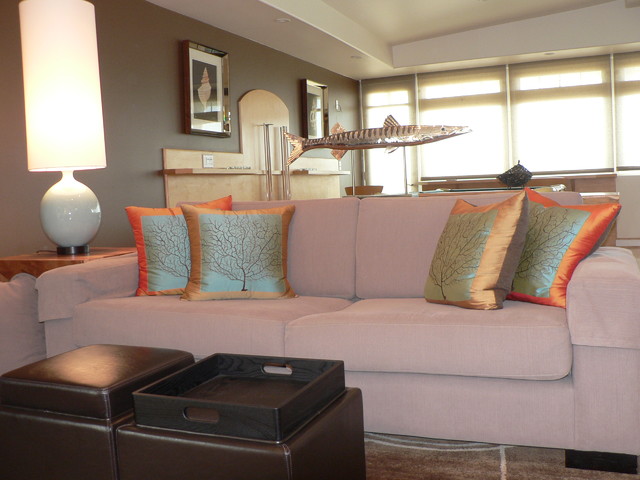8 Wonderful Ways to Splurge With Silk
The fabric has become a staple in the home for lampshades, rugs, draperies, upholstery, wallpaper, art, pillows and much more. The intensive production process makes this a treasured and expensive textile, although it has come down in price over the years. Today most silk averages $25 to $45 per yard.
See if any of these wonderful examples of silk in today's homes would work for you.
See more about drapery linings
|
Lighting. A silk shade gives
this ceiling light a lovely glow. Pure silk shades are obviously much
more expensive than synthetic ones, but they add a layer of richness.
|
|
Pillows. Silk has a
luxurious, sensual feel that makes it a great fabric for pillows in the
living area or bedroom. It can be washed in cold water and air dried,
but it will fade, so dry cleaning is recommended. Some fabric protectant
sprays will prevent soil and stain penetration, but be sure to test the
spray on an inconspicuous area first.
|
